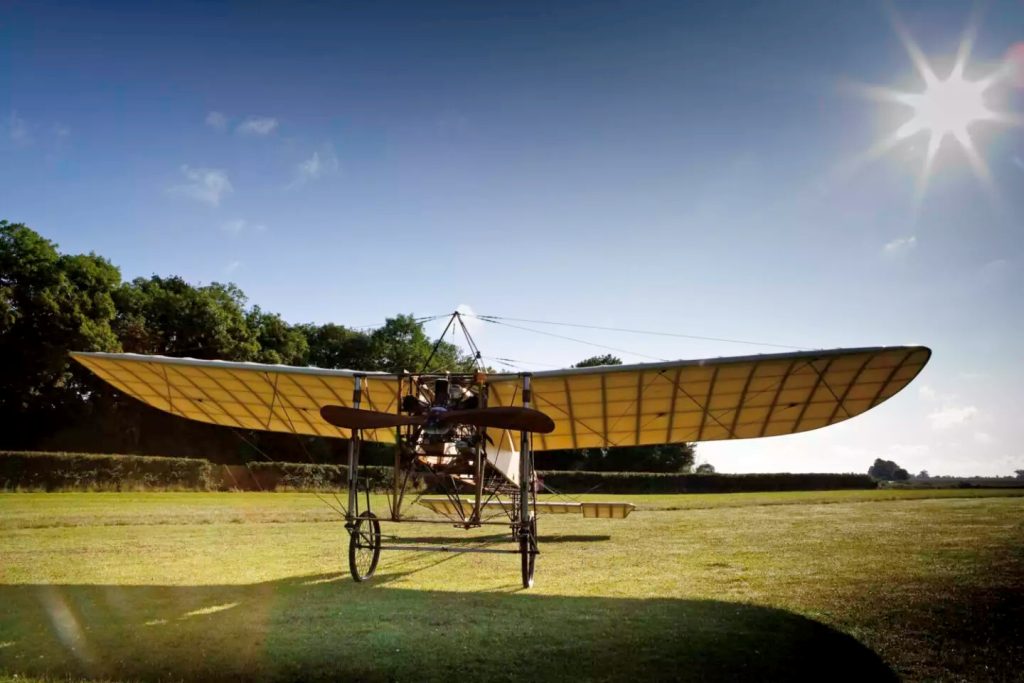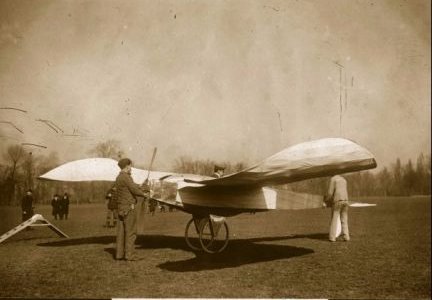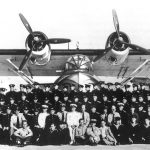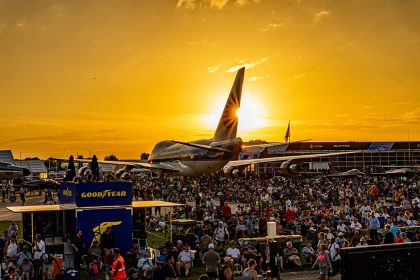
On April 5, 1907, aviation history was made with the first flight of the Blériot V monoplane, marking the 118th anniversary of this pioneering moment. Designed by the renowned French engineer, inventor, and pilot Louis Blériot, the Blériot V was his first attempt at creating a monoplane. Though the aircraft only flew twice before an accident during its second flight rendered it irreparable, its brief existence set an important milestone in Blériot’s career. It remains significant as the first successful design by Blériot to achieve sustained flight.
The Blériot V was a “pusher” type aircraft, with its engine mounted at the rear of the airframe to propel it forward. Its airframe featured a wooden “box-girder” fuselage, covered in silk, serving as the skin of the aircraft. The wings, also wooden, were covered in varnished paper. Propulsion came from a 24-horsepower Antoinette liquid-cooled V8 engine. Weighing just 573 pounds and with a wingspan of 25 feet 7 inches, the Blériot V was a relatively small and lightweight aircraft.
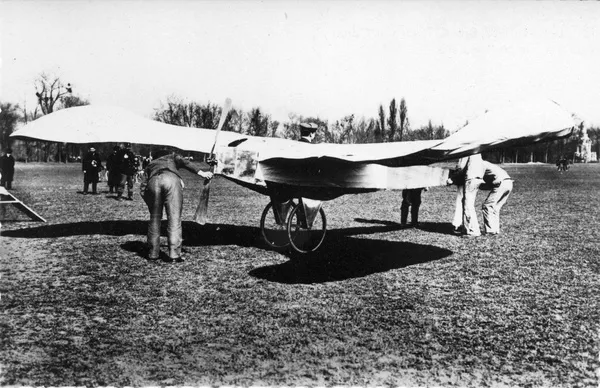
No original examples of the Blériot V survive today. However, many replicas of its successor, the Blériot XI, are still flying and on display around the world. Three airworthy Blériot XI aircraft, made with mostly original parts, are housed at the Shuttleworth Collection in Old Warden, Bedfordshire; Old Rhinebeck Aerodrome in New York; and the National Museum of Science and Technology in Sweden.
